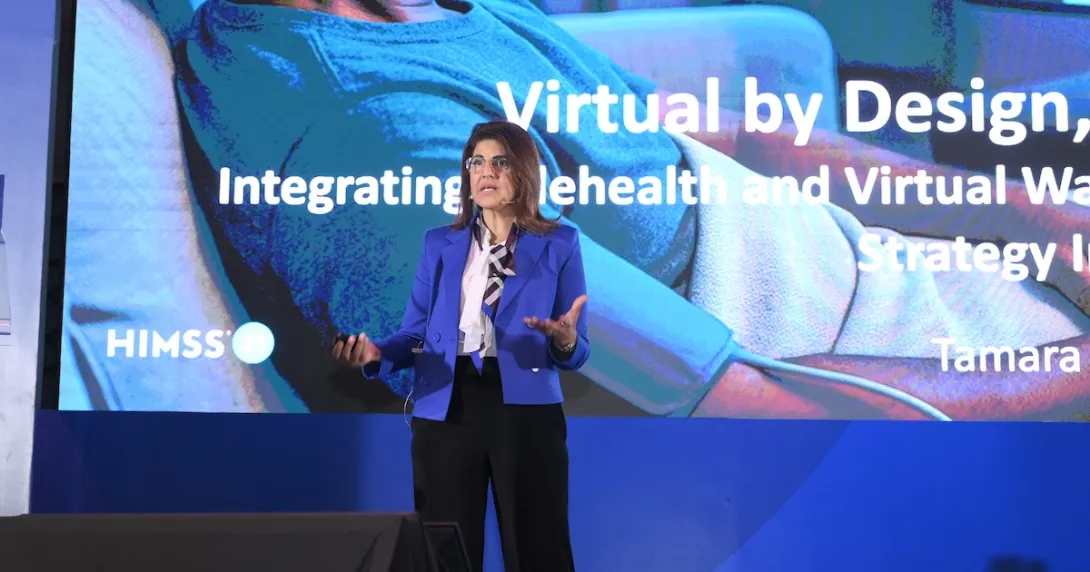
Virtual wards, which used to be a concept a couple of years ago, are today's reality.
In her keynote presentation at HIMSS25 APAC, Dr Tamara Sunbul, CIO of publicly listed healthcare provider company Fakeeh Care Group in Saudi Arabia, shared how virtual wards work and are set up.
According to Dr Sunbul, there are three components to consider in building a virtual ward: people, process, and technology.
The difficult part of a virtual ward implementation, she said, is the people. "We need qualified clinicians who are cross-trained [in telemedicine], as well as a multidisciplinary team."
Delivering remote and virtual care requires different training and certifications. In Saudi Arabia, for example, healthcare providers are required to be certified with the Saudi Commission for Health Specialties and trained in telehealth. They must also obtain special accreditation licenses to deliver virtual healthcare.
"It's a lot of change management across. It's a different set of training because doctors are used to delivering hands-on care," she also noted.
For processes – which involve smart pathways, trigger protocols, and escalation procedures – standardisation is crucial. " Virtual wards deliver better care because we standardise things… It's very clear and more standardised, meaning there's less variation in care, [which] causes a lot of incidents," Dr Sunbul claimed.
Meanwhile, the technology component may include the EMR system, command centre, AI triage, communication, and remote devices.
By design, a virtual ward is an integrated care delivery network, according to Dr Sunbul. "It's not only technology integration, but full integration as if it's part of your hospital. You're extending a part of your hospital out there."
How do healthcare providers actually start implementing a virtual ward? " You choose two diagnoses to start with [along] with patient eligibility, and you slowly grow. Start with these small pilots and scale based on phase-based growth KPIs. Then, see the outcomes from that pilot, and then you work on people, process and technology," Dr Sunbul shared.
A virtual ward project may have three enablers of success: leadership support, policy alignment, and communication. "They're the power grid that makes this sustainable [and] scalable," Dr Sunbul said.
Some outcomes that may be measured include length of stay, infection and readmission rates, bed availability, health system resilience, financial returns, and patient and caregiver experience.
" Virtual wards offer a solution, which is scalable, patient-centred, and cost-effective, and [helps save on] hospital days, readmissions, and hospital-acquired infections. Virtual wards, [which meant] moving the patients out of the hospital, [are] less of a risk," Dr Sunbul emphasised.
"This is blended care done at its best. Technology-enabled, yet human-delivered."
